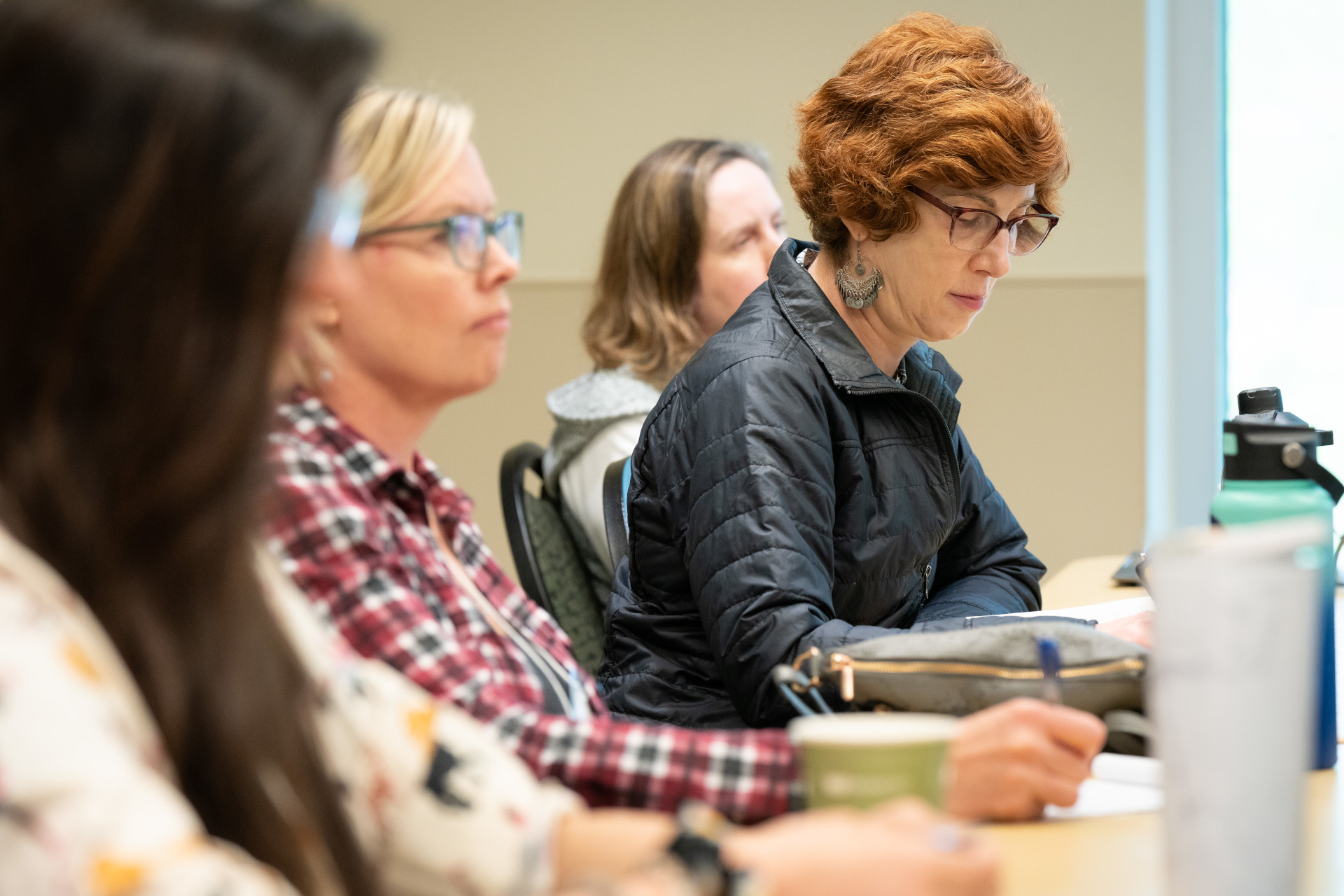During the Observation: What to Do and What to Avoid

The classroom visit is in the center of the peer observation process. This section offers practical guidance for navigating the observation with professionalism and purpose. We emphasize documenting specific, observable behaviors rather than making evaluative judgments, ensuring the observation yields evidence that supports meaningful feedback.
For the Observer
After the pre-observation meeting, the observer attends the class on the scheduled date(s), with the focus of the observation aligned with the initial meeting discussion. The primary goal is to observe the classroom dynamics and teaching strategies as they relate to the instructor’s goals.
In cases with multiple observers, it’s recommended to position themselves in different areas of the classroom to gather a range of perspectives. Observers should quietly take notes and follow their chosen approach(s) while being as unobtrusive as possible. Their primary role is to observe, not participate, as joining in can disrupt the learning environment and student-teacher dynamics.
Observer should document evidence of student learning, noting key successes, innovations, questions, and concerns. It’s important to record classroom activities and pay attention to student behavior and their reactions to the teaching, not just the instructor’s actions. Additionally, we recommend observers to take notes of any questions that may arise for the post-observation discussion.
The observation should focus on the overall instructional experience and the quality of student learning rather than the specific content being taught. When observing outside their field of expertise, observers should concentrate on indicators of student engagement, such as participation, note-taking, and group dynamics. Importantly, observers should refrain from comparing the teaching style or cultural expectations to their own. Instead, the focus should be on how well the instructor is meeting their own teaching goals, as outlined in the pre-observation meeting.
If the instructor is focusing on a specific teaching domain (e.g., curricular alignment), all feedback should be centered on that area of focus, rather than addressing unrelated aspects such as student behavior, the instructor’s positioning in the classroom, or their body language.
Observers should also avoid asking students about the class or conducting informal interviews. Student feedback should be gathered separately (with an opportunity to discuss it the procedures with TILT), ensuring a mindful and structured approach.
At the end of the session, observers should thank the instructor and confirm plans for a follow-up meeting to discuss feedback. If the observation covers only part of the class and the session is still in progress, the observer should leave quietly.
For formative observations, a more informal approach to data collection and synthesis is enough. However, for summative observations, a structured note-taking process is crucial for thorough documentation and evidence gathering. In cases of summative observation, attending multiple sessions may provide a fuller picture of the instructor’s teaching approach and effectiveness.
